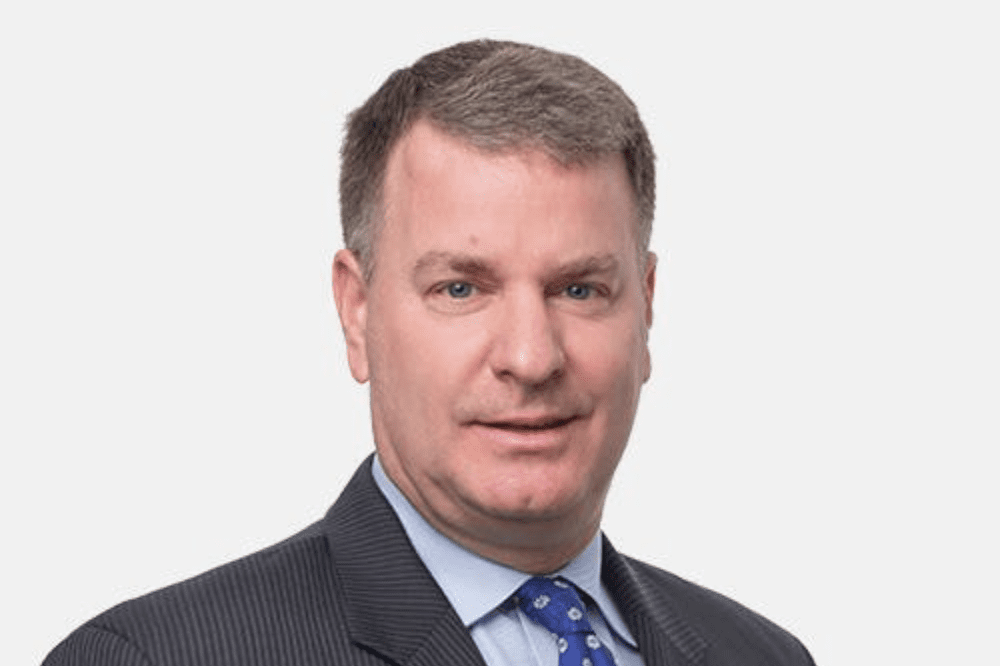Hurricane Ian: Emergency response CEO shares first-hand tale

“As good as our technology is, no one ever knows where these hurricanes are going to go,” Buckner pointed out. “We still do not have a perfect system to predict where storms will strike and land. We miss 90% of the time because it’s an imperfect science.”
Global Guardian is a duty of care provider supporting hospitality, banking, retail, and medical companies worldwide. The firm provides intelligence alerts and other disaster response capabilities, including emergency aviation, medical support, and security. The CEO chronicled his experience during Hurricane Ian to Insurance Business.
Phase one of the response consisted of positioning assets like high-water vehicles, armed agents, generators, and fuel across Miami. With no firm knowledge of where the hurricane would hit hardest, Buckner positioned teams and critical assets in several key areas – Miami, Naples, Tampa, and Jacksonville. “We wanted to be very close but not actually in [the storm’s path]. We just wanted to be within striking distance, not knowing exactly where the hurricane would go,” Buckner explained.
Read more: Hurricane Ian: Loss tally continues
Phase two involved getting the word out to clients about the storm preparations. “We messaged our clients using both our app and tracking platform. We put out over 150 alerts telling clients to connect with us, to update addresses and phone numbers, to tell us if they’re leaving the area or staying,” said Buckner. “We contacted HR directors and chief security officers to tell them that if there’s a direct strike on their corporate headquarters or places with infrastructure and people, they have to be ready.”
Phase three kicked off when the storm crossed from ocean to land. Global Guardian carried out high-water rescues as they received calls from their clients’ stranded employees and family members.
Buckner recalled: “We had 70- and 80-year-olds that had three feet of water in their one-story homes. They were scared that they were going to drown. We went in at night during the storm and rescued those people. We had to cut our way in using chainsaws, go on by boat and get them to dry land.”
During phase four, Buckner and his teams conducted damage assessments of clients’ businesses, taking photos and videos of their infrastructure post-hurricane. Armed security agents are also positioned to ward off looters from these business sites.
Phase five is focused on health and welfare checks. Buckner said they check on the status of employees, whether they need rescue, supplies, evacuation, or medical attention.
Phase six involves helping insurance adjusters get on the scene to survey the damage to businesses. “It’s hard to get to some of the sites. In parts of Fort Myers, you could only get there by boat or high-water vehicles, so adjusters will need an escort,” Buckner said.
Reconstruction is the longest and last stage of the process and could take between six to eight months, according to Buckner. Global Guardian has responded to at least one hurricane that hit the US every year for the past six years, including Hurricane Ida in Louisiana in 2021 and Hurricane Dorian in the Bahamas in 2019.
Read more: Hurricane Ian reveals challenges of property insurance market – report
Looking back on past hurricane responses, Buckner said Florida’s location makes the work easier. “When [a storm hits] on the mainland, there are safe zones to pre-posture in,” he noted. “You can get very close with your assets and refuel and house people within a few hours [travel time] of the disaster zone. From that standpoint, the logistics have been easier, and the communication has been easier and better.”
For Buckner, who has seen his share of storms, the level of destruction that Hurricane Ian wrought is shocking. “I didn’t think the causeway would disappear the way it did even with a category-four hurricane. I thought it was made of steel and metal, built purposely to withstand a hurricane,” he told Insurance Business. “The fact that this storm had that much power, that it just evaporated the road, the bridge, and the piers, is pretty stunning.”
To date, the death toll from Hurricane Ian has passed 100. Even with the sheer devastation in Fort Myers, Sanibel Island, and other parts of southwest Florida, Buckner said things could have been much worse.
“It would have been 1,000 times worse if it hit Tampa Bay directly,” the CEO reflected. “You would have gone from potentially hundreds of casualties to thousands. I think in that respect, we were lucky.”





